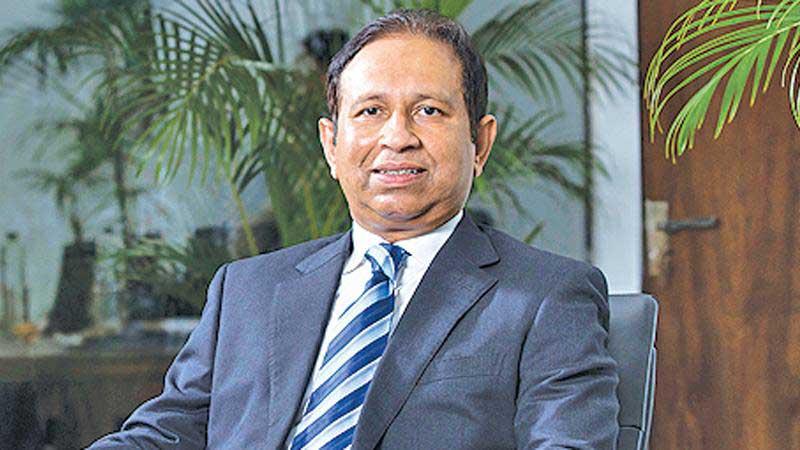
The move to slash interest rates by the Central Bank should be commended as it would otherwise break the backbone of the economy, said Sarvodaya Development Finance and Capital Media, Chairman Channa de Silva.
The Standing Deposit Facility Rate (SDFR) and the Standing Lending Facility Rate (SLFR) were cut by 50 basis points to 7.50 percent and 8.50 percent by the Central Bank last month considering the current and expected developments in the domestic and global economy.
The rate cut was to stabilise inflation and stimulate economic growth which had been muted throughout the year. He said interest rates during the past five years had doubled. a
This has resulted in creating ripple effects as other lending institutions such as finance companies use banks as their primary source of funding.
While interest rates in developed countries may be a reflection of the demand and supply position of the money supply of the economy, small and developing countries such as Sri Lanka which does not have a perfect economic system faces market place distortions.
There are more challenges in the vibrant informal sector as it is a common practice to lend at 10% per month in most cases and in some it touches 20% per month. Effective rates on these lending practices are phenomenal and they provide quick access to funding a deep requirement in the market. These markets are very visible not only in villages but in urban towns including Colombo as well. The Rupee depreciated even faster than the war times to reach Rs. 180 in 2018. This clearly shows that high interest rate regime that also has high deposit rates have not attracted the inflow of foreign currency to strengthen the rupee.
With approximately half the debt being foreign denominated and the other half being rupee denominated, it is certainly a challenging task to service the debt as debt servicing cost increases significantly as the debt quantum increases as the lender faces challenging risk with each loan provided.
The industry sector growth contribution in the economy to GDP has fallen from 4.7% to 0.9%. The savers and the pensioners may be affected by the drop of deposit interest rates which they have been accustomed to be earning over the past five years.
However, rate cuts have brought pressure on rupee, resulting in foreign outflows from government bonds.
